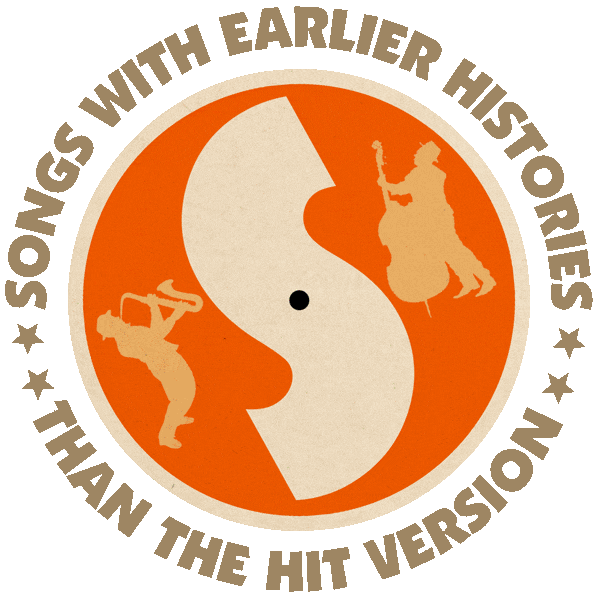Written and first recorded by Bob Dylan (1970 |NETH #30 1971).
First released by George Harrison (1970).
Other hit version by Olivia Newton-John (US #25/MOR #1/CAN #3/ UK #7/AUS #7/NZ #8 1971).
Also recorded by Bob Dylan & George Harrision (1970, released 1991).
From the wiki: “‘If Not for You’ was written by singer-songwriter Bob Dylan for his October 1970 album New Morning. The song was a love song to Dylan’s first wife, Sara Dylan. He recorded it several times in 1970; the session for the released version took place in New York in August. He also recorded the song with George Harrison on May 1, soon after the break-up of the Beatles, a session that attracted much speculation in the music press. The May recording remained unreleased until its inclusion on The Bootleg Series Volumes 1–3 (Rare & Unreleased) in 1991.
“In November 1970, Harrison released his arrangement of ‘If Not for You’ on his triple album All Things Must Pass. The best-known cover version was recorded by Olivia Newton-John in 1971, using Harrison’s arrangement of the song. Newton-John’s single became her first hit song, peaking at #7 on the UK Singles Chart and topping the Billboard Easy Listening chart, as well as the title track to her debut album, If Not for You.

